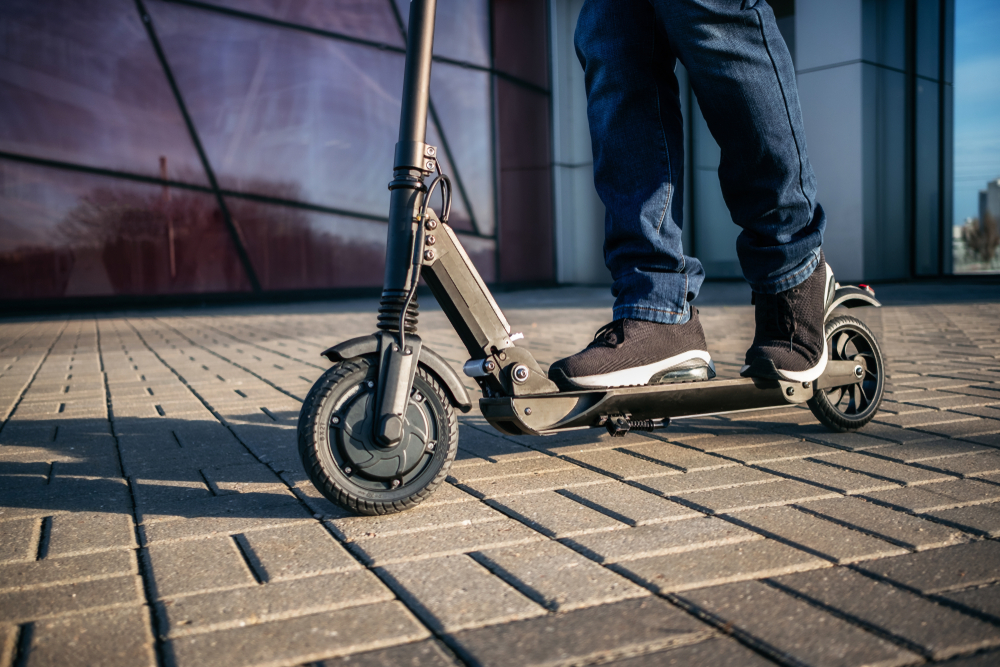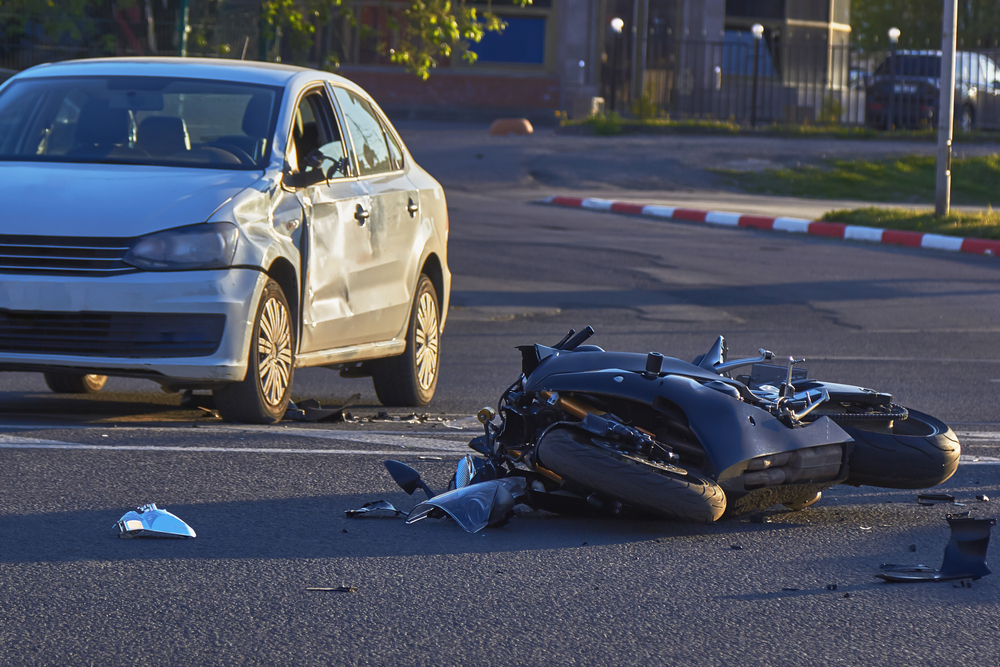E-bikes (electric bicycles) have become increasingly popular, providing a boost in speed and ease for commuters and recreational riders alike. These bikes feature an electric motor that assists with pedaling, making them distinct from conventional bicycles, which rely solely on human power.
Electric bikes differ from traditional bicycles not only in their design but also in their impact on safety. The added speed and weight of e-bikes can contribute to different injury patterns. Injury statistics indicate that e-bike riders experience a higher rate of accidents compared to conventional bicycle users. E-bike accidents often result in more severe injuries, largely due to the increased speeds and potential for high-impact collisions.
In comparison, conventional bicycles generally have lower injury rates. Their slower speeds and simpler mechanics contribute to fewer severe accidents.
Types of Injuries
E-bikes, due to their higher speeds and heavier weight, often result in specific types of injuries. Common e-bike injuries include:
- Head and Neck Injuries: High-speed crashes frequently result in severe head and neck injuries, such as concussions and cervical spine fractures. The force of impact can be significant, leading to more serious outcomes.
- Fractures: The added momentum from e-bikes often leads to fractures in the arms, legs, and collarbones. These injuries occur due to the forceful impact during accidents.
- Soft Tissue Injuries: Riders may experience abrasions and deep lacerations from falls or collisions. The additional speed and weight increase the severity of these injuries.
In contrast, conventional bicycles generally result in different injuries:
- Fractures and Broken Bones: Riders commonly suffer fractures, particularly in the arms and legs, from falls or collisions. These injuries are less severe on average compared to those seen in e-bike accidents.
- Road Rash: Abrasions from skidding or scraping against the pavement are common. While these injuries can be painful, they tend to be less severe than those resulting from higher-speed crashes.
- Contusions: Bruises from impacts with the ground or objects are frequent but usually less severe than those sustained in e-bike accidents.
Both types of bicycles present risks, but the higher speeds and additional weight of e-bikes contribute to more severe injuries. Taking appropriate safety precautions is essential for reducing these risks.
Causes of Injuries
Injuries from e-bikes and conventional bicycles result from distinct factors that influence accident severity. Electric bicycles, with their increased speed and weight, pose unique risks. The higher speeds of e-bikes contribute to the severity of accidents. Collisions and falls at these speeds often result in more serious injuries compared to slower-moving bicycles.
The additional weight of e-bikes also affects control. Heavier bikes are more challenging to maneuver, which can lead to loss of control and more forceful impacts during accidents. Furthermore, the electric motor’s power allows for rapid acceleration, which may catch riders off guard, increasing the risk of crashes.
In contrast, conventional bicycles face different risks. Poor road conditions, such as potholes, debris, or uneven surfaces, frequently contribute to accidents. These conditions can cause riders to lose control or fall. User error is another significant factor—improper braking, failure to signal, or inattention often leads to accidents. Limited visibility, especially in low light or adverse weather, also heightens the risk of collisions with motor vehicles or obstacles.
Legal Implications
Legal challenges in e-bike injury cases arise due to their increased speed and weight. Determining liability in accidents involving e-bikes proves complex. Higher speeds lead to more severe impacts, making fault assessments more intricate. Insurance coverage for e-bikes is sometimes less clear than for conventional bicycles, leading to disputes over compensation. Additionally, varying local regulations on e-bike usage add complexity to legal proceedings.
Conventional bicycle injury cases face different legal challenges. Proving negligence related to road conditions and user error requires detailed evidence. Riders must provide clear documentation, such as road maintenance records or witness statements, to demonstrate that poor road conditions directly caused the accident. Liability can also be contested if user error is involved, requiring robust evidence to show that the rider’s actions contributed to the injury.
Effective legal representation and comprehensive evidence are crucial for addressing these challenges and securing appropriate compensation. Get the best injury lawyer in Florida. Call us now!

Safety Measures
E-bike safety focuses on managing their increased speed and weight. Wear a helmet and appropriate safety gear to reduce injury risks. Regularly maintain your electric bicycle, ensuring brakes and lights function properly. Follow traffic rules and use designated bike lanes to enhance safety. Stay alert to your surroundings, including other vehicles and pedestrians, to prevent accidents. Exercise caution at higher speeds, especially in crowded areas, to maintain control.
Conventional bicycle users should also prioritize safety. Always wear a helmet and consider additional safety gear like knee and elbow pads. Regularly check your bike’s condition, focusing on tire pressure, brakes, and chain. Use bike lanes where available and obey all traffic signals to minimize risks. Make yourself visible to motorists by using lights and reflective gear, especially in low-light conditions. Staying aware of road conditions and potential hazards will help you avoid accidents.
Whether you’re cruising on an e-bike or a conventional bicycle, prioritizing safety is your ticket to enjoying the journey.
Conclusion
E-bikes and conventional bicycles each present unique injury risks. Recognizing these differences aids in taking appropriate preventative measures. For all cyclists, wearing helmets, maintaining your bike, and following traffic laws are essential for safety.
Injury statistics underline the importance of vigilance, regardless of bike type. E-bike users should be particularly aware of the added risks and adjust their riding habits accordingly. Conventional cyclists must remain cautious, especially in high-traffic areas and challenging road conditions.
If you experience an injury while riding an e-bike or conventional bicycle, seek legal assistance. Gerber Law specializes in personal injury cases, offering the expertise needed to handle your claim effectively. Contact us for professional support to fight for the compensation you deserve. Our dedicated team is ready to assist you through every step of your legal journey, ensuring your rights are protected and your needs are met.














